<--- Back to Details
| First Page | Document Content | |
|---|---|---|
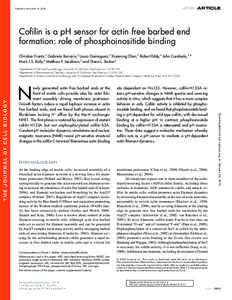 Date: 2016-01-18 11:03:45Biology Protein structure Cell biology Protein families Cofilin Structural proteins Actin Microfilament Lim kinase Rho family of GTPases Arp2/3 complex WiskottAldrich syndrome protein |
Add to Reading List |
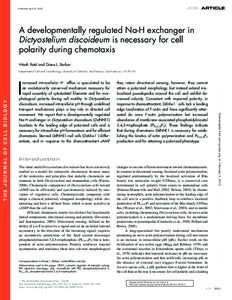 | JCB: ARTICLE Published April 25, 2005 A developmentally regulated Na-H exchanger in Dictyostelium discoideum is necessary for cellDocID: 1rtES - View Document |
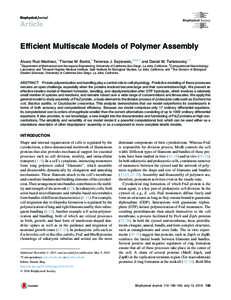 | Efficient Multiscale Models of Polymer AssemblyDocID: 1qWwQ - View Document |
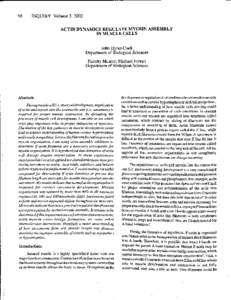 | Inquiry: The University of Arkansas Undergraduate Research JournalDocID: 1qKmX - View Document |
 | JCB: ARTICLE Published November 24, 2008 Cofilin is a pH sensor for actin free barbed end formation: role of phosphoinositide bindingDocID: 1qoAk - View Document |
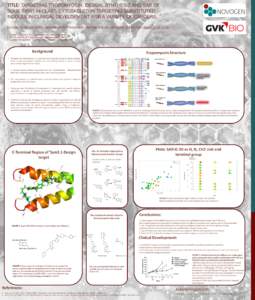 | TITLE: TARGETING TROPOMYOSIN: DESIGN, SYNTHESIS AND SAR OF SOME FIRST-IN-CLASS CYTOSKELETON TARGETING SUBSTITUTED INDOLES IN CLINICAL DEVELOPMENT FOR A VARIETY OF CANCERSDocID: 1pmE5 - View Document |
 JCB: ARTICLE Published November 24, 2008 Cofilin is a pH sensor for actin free barbed end formation: role of phosphoinositide binding
JCB: ARTICLE Published November 24, 2008 Cofilin is a pH sensor for actin free barbed end formation: role of phosphoinositide binding